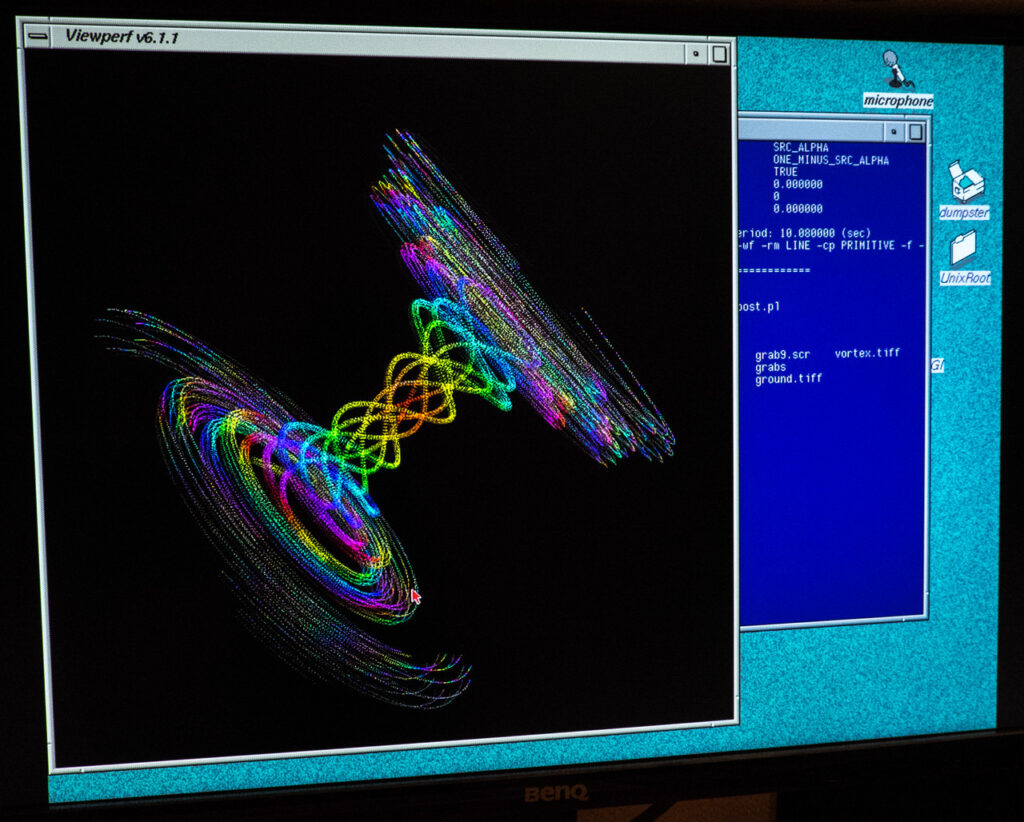SPEC Viewperf on SGI Octane2 (2000)
Viewperf is an interesting set of real-world OpenGL benchmarks. The original version was developed by IBM but other companies (SGI, Digital…) quickly joined the development and Viewperf became an industry standard for OpenGL benchmarking focused on CAD, CAM, CAE, medical and scientific stuff. Unlike 3D Mark and other benchmarks you can see today, Viewperf simulates a rendering pipeline of real applications on real data.
The data (viewsets) were not developed by the project group. They were provided by independent software vendors. In fact this is true even today with the current version of Viewperf (12). I still use this benchmark when testing workstation-class laptops and NVIDIA GRID virtualized desktops.
The version 6.1.1 was released in 2000 and it was the last version with precompiled binaries for SGI IRIX (among many other systems like Windows NT, Compaq Tru64 UNIX and SunOS). I’ve used it to check the performance of the SGI VPro V6 graphics inside Octane2. VPro V6 is a single-chip graphics solution capable of processing OpenGL commands directly in hardware and it is equipped with 32 MB of memory (24 MB for buffers and 8 MB for textures). SGI VPro and NVIDIA Quadro (which is an ordinary GeForce 256 SDR card with CAD acceleration functions enabled) were introduced at the same time. Although the SGI’s hardware was very advanced in certain capabilities*, Quadro (as a chip born from the consumer segment of the market) was for the first time (slightly) faster even in the CAD/CAE market. This was the beginning of the end of custom professional graphics accelerators (3DLabs, Evans & Sutherland, SGI…). This was also perceived as another hard blow for UNIX workstations after the introduction of Pentium II.
*) High precision 48-bit framebuffer, accumulation buffer for depth of field, FSAA and motion blur effects
